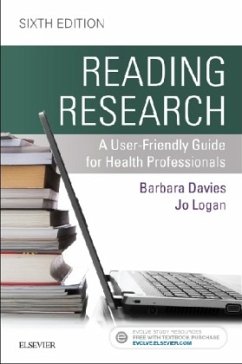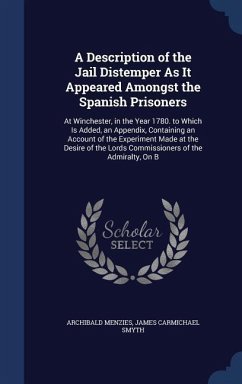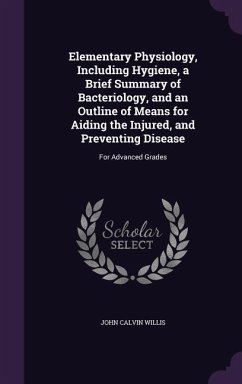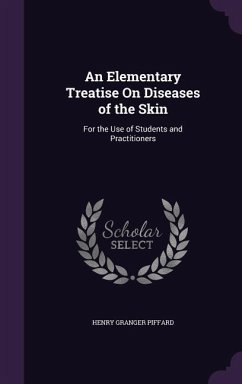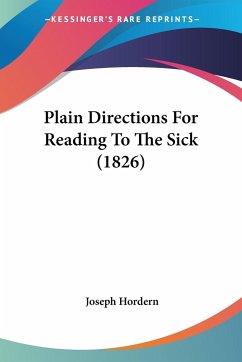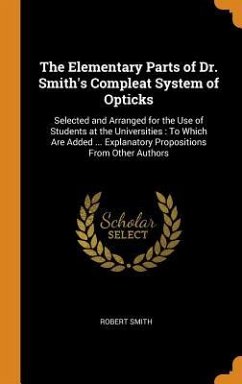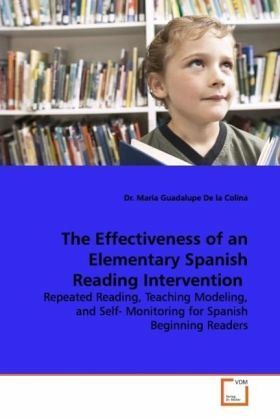
The Effectiveness of an Elementary Spanish Reading Intervention
Repeated Reading, Teaching Modeling, and Self- Monitoring for Spanish Beginning Readers
Versandkostenfrei!
Versandfertig in 6-10 Tagen
32,99 €
inkl. MwSt.

PAYBACK Punkte
16 °P sammeln!
The purpose of this study was to implement and evaluate a Spanish reading intervention that included the components of repeated reading, teacher modeling, and progress monitoring. The study, a multiple baseline design single-case research across subjects, was conducted with three treatment groups per classroom, a total of 76 students, over a period of 12 weeks in four elementary transitional bilingual classrooms: two first grade and two-second grade classes. It was predicted that students who received the intervention throughout the 12 weeks of the study would improve the most in oral reading ...
The purpose of this study was to implement and
evaluate a Spanish reading intervention that
included the components of repeated reading, teacher
modeling, and progress monitoring. The study, a
multiple baseline design single-case research across
subjects, was conducted with three treatment groups
per classroom, a total of 76 students, over a period
of 12 weeks in four elementary transitional
bilingual classrooms: two first grade and two-second
grade classes. It was predicted that students who
received the intervention throughout the 12 weeks of
the study would improve the most in oral reading
fluency and reading comprehension. It was also
predicted that students who practiced the most
regardless of the length of the intervention would
improve more than those who practiced less. Two
measures were used to evaluate improvement: oral
reading fluency and reading comprehension. It was
concluded, according to the visual and statistical
analyses, that this intervention was effective in
some areas. This intervention was especially
effective in giving the students a jump-start in
their reading level.
evaluate a Spanish reading intervention that
included the components of repeated reading, teacher
modeling, and progress monitoring. The study, a
multiple baseline design single-case research across
subjects, was conducted with three treatment groups
per classroom, a total of 76 students, over a period
of 12 weeks in four elementary transitional
bilingual classrooms: two first grade and two-second
grade classes. It was predicted that students who
received the intervention throughout the 12 weeks of
the study would improve the most in oral reading
fluency and reading comprehension. It was also
predicted that students who practiced the most
regardless of the length of the intervention would
improve more than those who practiced less. Two
measures were used to evaluate improvement: oral
reading fluency and reading comprehension. It was
concluded, according to the visual and statistical
analyses, that this intervention was effective in
some areas. This intervention was especially
effective in giving the students a jump-start in
their reading level.




